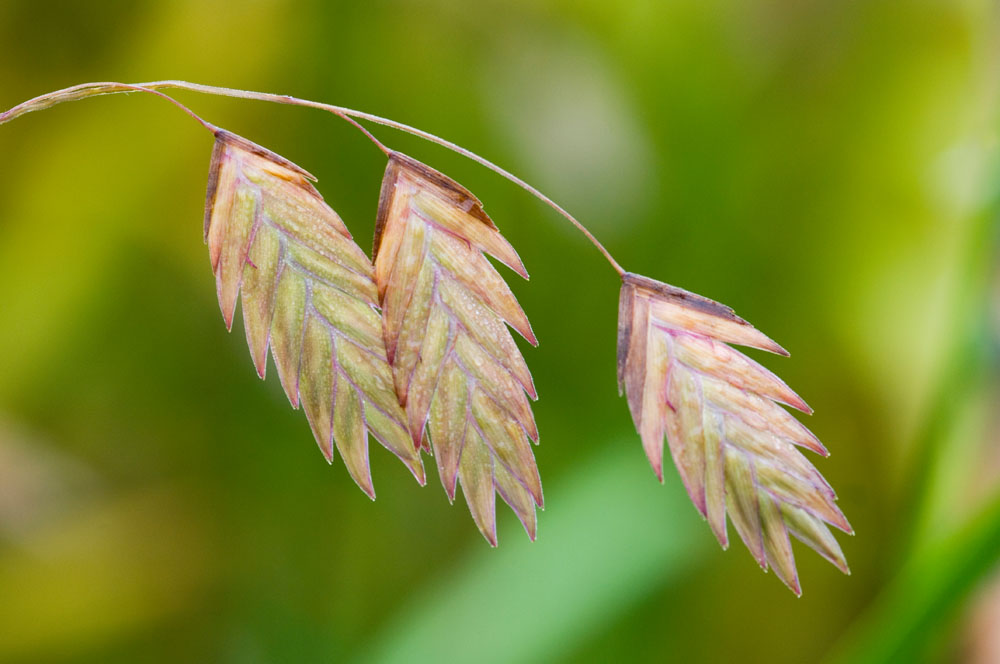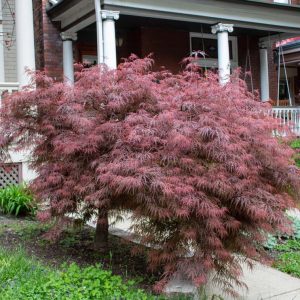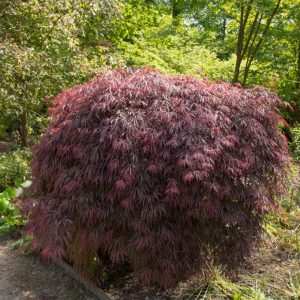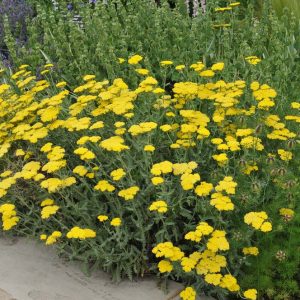Description
Chasmanthium –
There are about 6 species of large clump forming or tussock, perennial grasses, in this genus. They occur mostly from woodland in Eastern and Central USA, Mexico and Central America. The stems some what cane like and the leaf blades are linear to narrowly lance shaped, and the flowers are borne in panicles or racemes of 2 to 10 flowered spikelets. C. latifolium, the species most often grown bears oat like flowerheads, which may be dried if cut before they are fully mature. Grow in a mixed or herbaceous border, or in a woodland garden.
Grow in fertile, moist but well drained soil in sun or partial shade. Cut down in late winter. Divide between mid spring and early summer.
C. latifolium – Uniola latifolia – Northern Sea Oats – Spangle Grass – Wild Oats – Sea Oats – This loosely, tufted, spreading, perennial grass from Eastern USA and Northern Mexico grows 3-5′ feet tall and 2′ feet wide. It produces broadly lance shaped, arching, bright green leaves, 4-10″ long, that turn yellow in late fall and winter. In late summer and early autumn, it bears open, oat like panicles of flat, oblong-lance shaped to broadly ovate green spikelets 2″ long and 1″ wide, aging to bronze, and breaking up at maturity.
Zones 5-10





